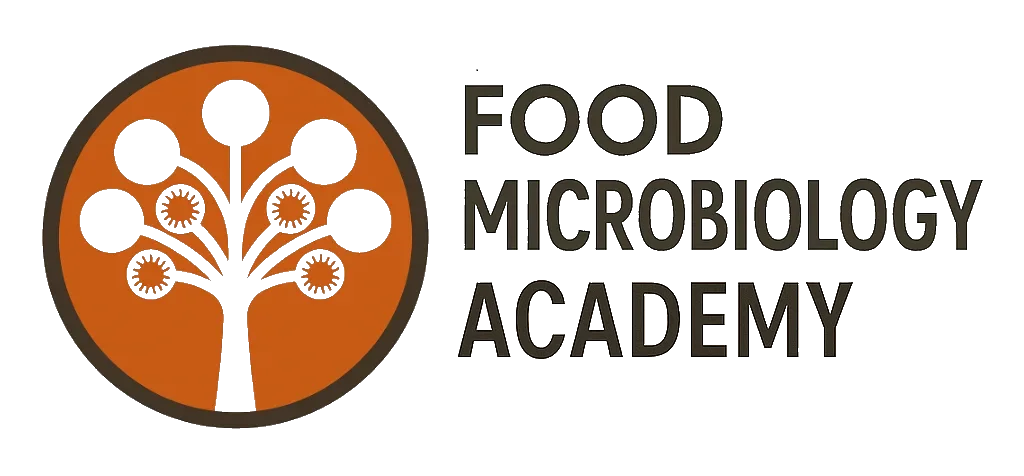In 2005, I carried out a survey in a specific area of Victoria, of the microbiological quality of raw milk at different points in the pro-processing supply chain, both pre- and post-farmgate. This is my report, outlining the mythology and results.
Milk collection and transport
Milk was collected from five sampling locations on 9 August 2005. The locations comprised three farms (Farm A, Farm B, Farm C), the tanker which collected milk from those three farms on that day and silo 1 and the milk processing plant. From each of the farms, samples were collected aseptically from the bulk tank into sterile, precooled (to approximately 0 ºC) sample jars. Milk from the tanker (through the hatch on top of the tanker) or from the silo (through the door near the base of the silo) were also collected into sterile precooled (to approximately 0 ºC) sample jars. The milk samples were kept in ice/water at approximately 0 ºC until the samples arrived at the laboratory in Melbourne, up to 18 h later. Once the samples were at the laboratory facility, they were kept at approximately 0 ºC until analysis or further use, which was within 3h.
Storage simulation
To simulate some possible storage scenarios that the raw milk could be exposed to, milk from each farm and the silo was stored at 4 ºC and 10 ºC for up to 7d.
Analysis
Upon receipt in the laboratory, enumeration to determine the total plate count (on Plate Count Agar with an incubation period of 72 h at 30 ºC) and the psychrotrophic Pseudomonas count (on Pseudomonas Agar Base plus C-F-C supplement with an incubation period of 240 h at 7 ºC) was carried out. Enumeration by these methods were performed daily, as was pH measurement. A portion of the milk from each day’s sampling was stored in an ultracold freezer, to be analysed later for lipase (triolein assay) and protease (FITC-casein assay) as well as free fatty acids (extraction/titration method and GC) and free amino groups (fluorescamine assay and CE).
Presumptive identification
Representatives from each colony type growing on Pseudomonas Agar Base plus C-F-C supplement were selected for further investigation. Initially this involved purification of the culture on non-selective media followed by Gram staining and testing for the presence of oxidase. Those pure isolates which were oxidase positive Gram negative rods were presumptively identified as psychrotrophic Pseudomonas spp., as they had been isolated from a plate selective for Pseudomonas spp.
Screening for lipase and protease
An agar diffusion method was used to screen the isolates for lipase and/or protease production. Nutrient Agar plates containing either 0.1% triolein (for lipase) or 1% low-fat milk (for protease) were used. The agar was poured in layers. From the first layer, portions of the agar were removed using a 6 mm sterile cork borer. To each well, a 10 μL volume of a 25 ºC-grown Nutrient Broth culture containing 108cfu/mL were added. The plates were incubated for 168 h at 4 ºC with observations recorded after 93 h, as well as at the end of the incubation period. The diameter of the zones were measured and recorded, as were the number of zones.
Results
Colony counts on collected milk
Both total and psychrotrophic plate counts were low across all farms. However, there were differences between the locations and especially between the farms. Farm 1 (on every second day collection) had a comparatively low total count, at 2.5 x 103 cfu/mL, particularly when compared with Farm 3 (on daily collection) which had a total plate count approximately ¾ of a log higher (Table 1).
Table 1: Colony counts on raw milk on day of collection.
| Farm 1 | 2.5 x 103 cfu/mL | 6.2 x 101 cfu/mL (2.5% of total) |
| Farm 2 | 7.0 x 102 cfu/mL | 9.8 x 101 cfu/mL (14.0% of total) |
| Farm 3 | 9.0 x 103 cfu/mL | 1.2 x 103 cfu/mL (13.4% of total) |
| Tanker | 5.0 x 103 cfu/mL | 1.5 x 103 cfu/mL (30.0% of total) |
| Silo (#1) | 4.0 x 103 cfu/mL | 2.0 x 103 cfu/mL (50.0% of total) |
The proportion of psychrotrophic Pseudomonas spp. in this total count was widely variable. On Farm 1, these organisms comprised just 2.5% of the flora compared to the silo, where half of the microbes encountered were psychrotrophic Pseudomonas spp. (Table 1).
Growth of milk microflora during storage
Clear differences were observed between the storage temperatures with the microflora in the milk stored at 10 ºC reaching stationary phase, sometime shortly after 48 h compared to the 4 ºC stored milk, where the microflora entered stationary phase after approximately 120 h of storage (Figure 1). The growth curve from the 4 ºC stored milk showed a typical lag phase (0-2d), exponential phase (3-5d) and stationary phase (5-7 d). Differences in the composition of the microflora were apparent because rates of growth varied. The total count from Farm 2 was the lowest of all samples at the commencement of the incubation period. However, after 72 h of incubation, it increased above the level of Farm 1, which started with a total count approximately half a log higher.
The psychrotrophic Pseudomonas counts were quite low at the start of incubation for some locations, but generally increased to a level where the growth curves were similar to the total counts (Figure 2). As is known, pseudomonads often didn’t display a prominent lag phase. The Farm 2 psychrotrophic Pseudomonas count results in fact, looked to be in exponential phase from 0-5d.
Figure 1:
Figure 2:



